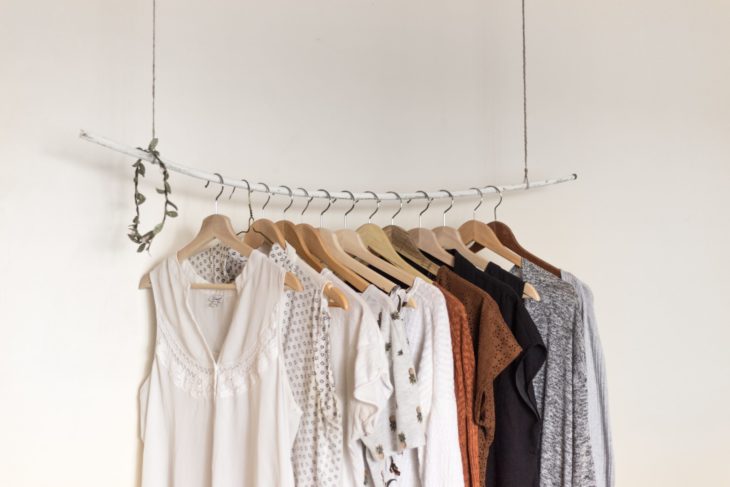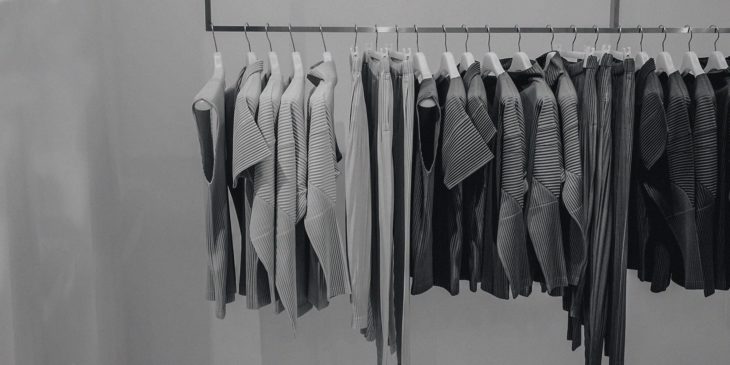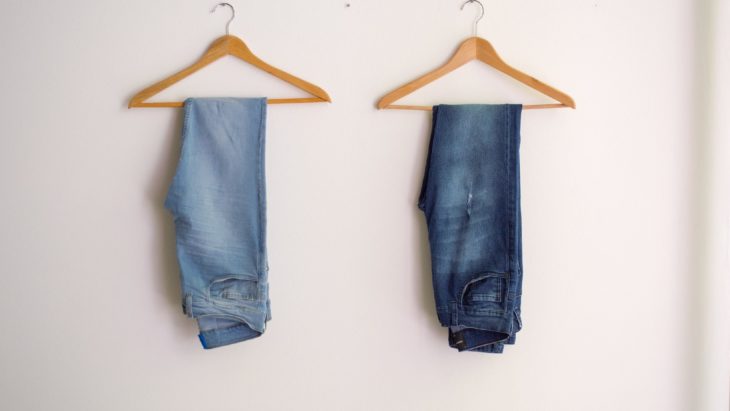The wildly popular website Zen Habits debuted in 2007. Miss Minimalist started blogging in 2009, and The Minimalists followed in 2010. There’s a subreddit each for minimalism, anti-consumption, and decluttering. There’s also one for tiny houses, and if you happen to downsize to the point that you can fit in 160 square feet or less, you can buy a mobile, pre-made tiny house – or build one yourself. Suffice it to say, there’s a growing American minimalist culture.
There are a lot of great reasons to go minimal: Donating your extra stuff to charity helps other people. Buying only what you need keeps your expenses low now and in the future. It’s good for the environment — downgrading from a car to a bike or public transit cuts CO2 emissions, and recycling or repurposing your possessions means one vote for less manufacturing. People who are anti-consumption downsize because they question a culture of consumption that values people by what they possess rather than who they are.
As an adult, I’ve spent a lot of time shopping for the latest fashion trends — but I could never truly keep up. More often, I found myself in the maddening cycle of buying cheap, clearance-rack, last-season cast-offs that were never designed for my body type, having them get misshapen from wear or laundering, and going back to the clearance rack for more. This year I finally got fed up. I wanted to stop the madness. To do that, I decided to step back from the endless cycle of fashion trends, and apply minimalism to my wardrobe.

Source: dansilvestre
I’m not a perfect minimalist, but I am entirely on the side of “simplify, simplify, simplify.” I’ve been downsizing my life for two years, and it is totally possible to minimize your wardrobe one piece at a time by eliminating the stuff you just don’t wear and keeping your go-tos. I was lucky enough to get an unexpectedly large paycheck in January, and I took the opportunity to overhaul my closet in one fell swoop. This allowed me to condense all my minimalist wardrobe trials and errors into a very short period of time, and I learned a lot in the process. Here’s my strategy for making a minimal wardrobe work, culled from my own experience:
1. Plan ahead. Think about what you like to wear, what you want to wear, what you have, and what you need before you go willy-nilly into a department store and make mistakes. I had a list before I started shopping: Two each of leggings, skirts, and jeans; a few t-shirts, a few long-sleeve shirts, a few tank tops, one versatile black dress, six great bras, and one pair each of black and beige low heels.
2. Get the best quality clothing you can. The whole point to me was to not have to buy clothes for five to ten years (with the exception of underwear) — that way I save money, time, and fabric. That means buying just a few items of great quality that’ll hold up, and it also means buying clothes you’ll be able to easily replace once they’re worn out, from brands that won’t go out of business, so you won’t have to go through the process again. For t-shirts and other basics, I absolutely, positively recommend American Apparel. I have never been happier to spend $25 on a t-shirt. They’re comfy, they fit right, they don’t get all misshapen in the washer or the dryer. I also went through a lot of heartache trying to find the absolute best leggings in existence. The eventual winner was Vera Wang’s personal favorite leggings, which she’s been wearing way before the rest of us even caught on to the trend: Danskin Supplex leggings. They’re totally opaque and super-soft. One reviewer said she’s had hers for ten years. That’s why I justified the $40 price tag.

Source: durmonski
3. Dress to fit your body. Especially with jeans, try a lot of things on. Don’t settle. Get the fit that’s right for your body type and that make you feel comfortable – if you’re going to be wearing these clothes long-term, they have to be the right design for your body.
4. Dress in neutrals. This isn’t as boring as it sounds, I promise! I was a punk-rock kid in high school and a very flamboyant dresser as an adult, so a no-flair wardrobe was a no-go for me. But instead of wearing This Season’s Colors and having to change it four times a year, my strategy was to have a neutral base for tops and bottoms, and keep the colorful accessories I already have. I chose to focus on blacks and greys because that’s my dig, but I bought some tans, browns, and beiges as well. Now my wardrobe is in season all year round. So. Easy.
5. Accessorize smartly. As I mentioned above, keeping the colorful accessories you already have or adding a few to your wardrobe (don’t go crazy, obviously, or you’ll defeat the purpose of minimalism) can do wonders for making a simple, streamlined wardrobe seem anything but boring. Think of your clothing as a basic foundation, and create new looks by accessorizing the same outfit in different ways.

Source: jamigooddesigns
Best everyday outcome of this whole plan: I never have to think about what I’m going to wear. Everything matches everything; everything fits. Top, bottom, underwear, go. I have probably saved hours in the last few months alone. Hours. Even if you don’t have the money to totally revamp right now, you can clear up some space in both your closet and your mind by donating what you don’t wear, and making a few smart purchases at a time until you’ve cultivated a perfectly simple and totally dependable wardrobe. Minimalism might not be for everyone, but if you find yourself frequently staring at your overflowing closet, thinking, “I have nothing to wear,” give it a try. When it comes to clothes, I’ve found that less is definitely more.
Original by:
